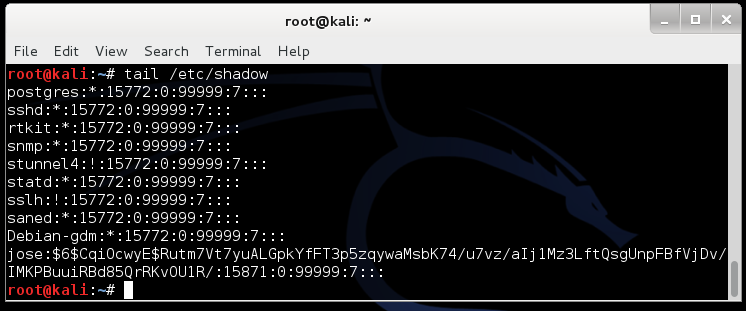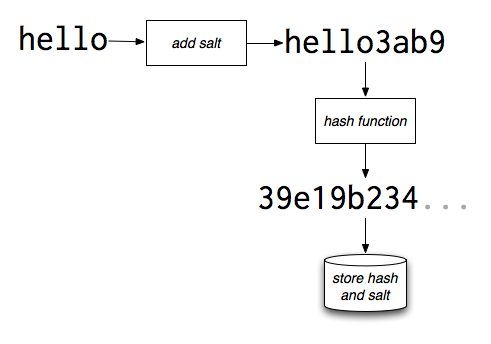

But unlike a salt, it’s not kept in the database along with the hash value.
#Get plain text from knowing hash and salt password#
The criminal would have to use brute-force - guess every possible combination for each password, significantly slowing down the hacking process.Ī pepper is similar to a salt - a random bit of data added to the password before it’s hashed through an algorithm.

So a hacker can't simply look up the hash value for a password ‘greentrees’, since a salt would turn it into something like ‘greentreesF&i$#u’. So to protect your passwords from dictionary attacks (guessing existing words) and rainbow tables (precomputed hash databases) cryptographers add salts.Ī salt is a random string of characters added to your password to make the hash outcome completely different. Once they see a hash match, they know the original password.

The problem is that cybercriminals can run common passwords through the exact same algorithms. When you’re trying to log in, your password hash is compared to the one in the database. The hashing algorithm takes the data and translates it to a completely different, unrecognizable set of characters - a password hash. The common security practice is running passwords through a one-way function called hashing - never storing them in plaintext. But why do we need salts and peppers in the first place? Yet, unlike a salt, it’s not stored in the database along with the hashes. It can be considered a second salt - another input to change the hash outcome completely. A pepper is a secret value added to a password before hashing.


 0 kommentar(er)
0 kommentar(er)
